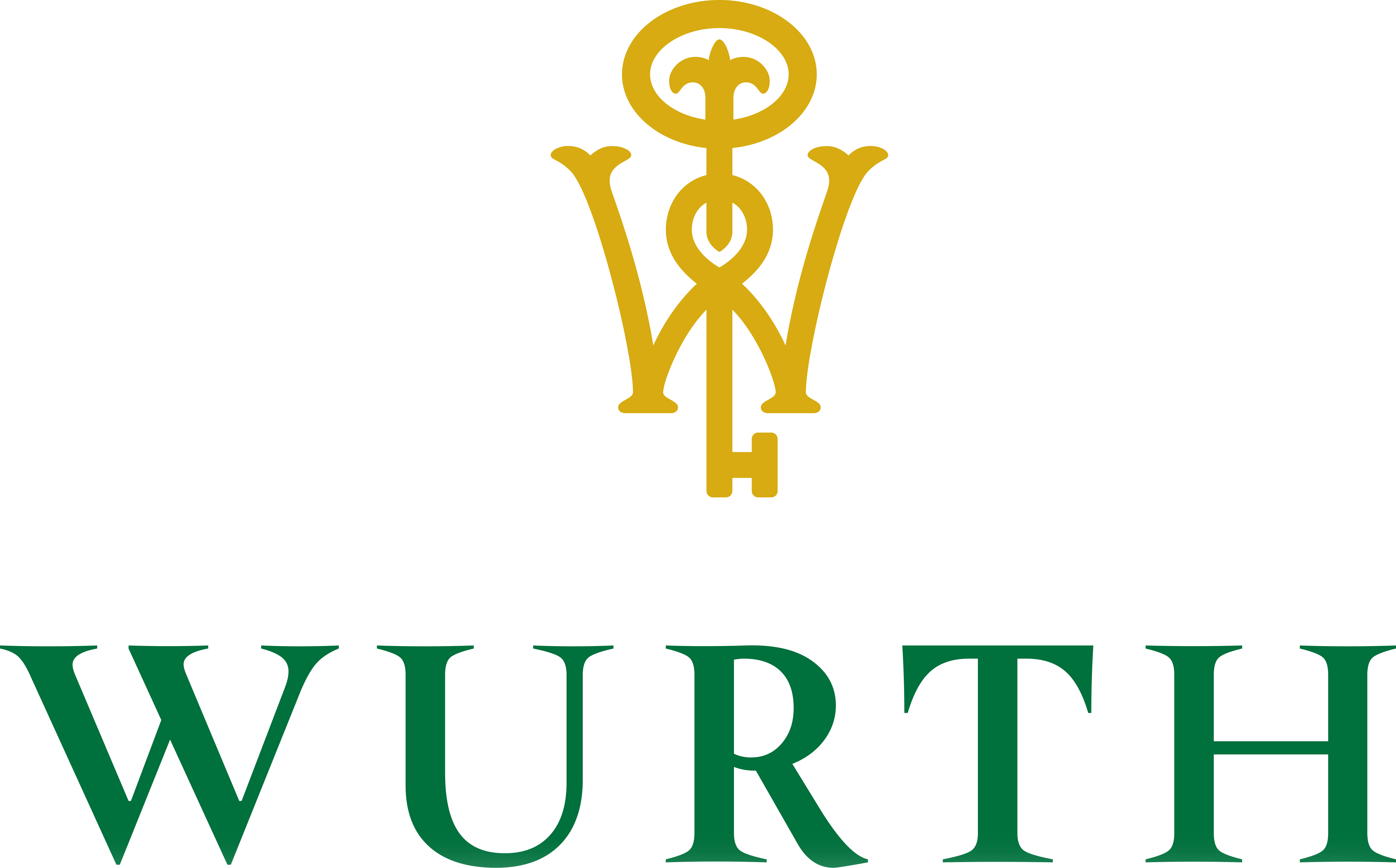
Picture a single apartment building. One roof, one set of tenants, one budget. Now imagine 10,000 doors spread across dozens of neighborhoods, hundreds of buildings, and thousands of human stories. The patterns you see at that level are different. Not better, necessarily. Just… clearer.
Scale has a way of stripping away exceptions and showing the real averages. The small fires, the little wins, the one-off headaches fade into the background. What’s left are the trends that quietly shape rental housing, often years before smaller landlords notice them.
And here’s the part most people don’t talk about: these trends aren’t always glamorous. Some are driven by human behavior, some by technology, others by economics. They rarely make flashy headlines, but they change the way rental housing works just the same.
1. Renters Aren’t One Group, They’re Generations in Motion
Zoom out far enough, and “the tenant” stops looking like a single demographic. Patterns emerge between groups. For instance, Millennial vs. Gen Z renters show very different expectations when it comes to flexibility, design, and even how they want to communicate with a landlord. Millennials lean toward stability, predictable costs, and convenience. Gen Z renters? They’re wired for choice, sustainability, and anything digital-first.
The property manager who runs thousands of units knows this better than anyone. One-size-fits-all leasing strategies don’t work anymore. At scale, generational shifts aren’t just anecdotes, they’re data.
2. Smart Home Tech Isn’t Always Smart for the Bottom Line
Walk into enough units, and it becomes clear that not every gadget pays off. Yes, some upgrades make properties more attractive and even raise rents. Others, frankly, don’t. At the 10,000-unit view, smart home features that actually increase rent tend to be practical, visible, and easy to use, think smart thermostats or keyless entry.
Meanwhile, overcomplicated systems that need constant troubleshooting? They look good in marketing photos but often end up as wasted investment. Scale separates the gimmicks from the gold.
3. Tenants Accept Rent Increases More Than You’d Think
It sounds counterintuitive, but renters don’t automatically revolt at every bump in rent. The difference lies in timing, communication, and fairness. With thousands of lease renewals happening every year, the patterns are obvious: tenants are far more likely to stay if increases are paired with visible value.
That could mean updated amenities, timely maintenance, or even better service. The psychology of it matters. The psychology of rent increases shows that people accept higher prices when the trade-off feels transparent and justified. It’s less about the number itself, more about how it’s presented.
4. Screening Saves More Than It Costs
Evictions get most of the headlines, but here’s the reality: at scale, prevention is where the savings live. With proper screening, that painful eviction rate can drop to nearly nothing. Literally, some large operators hover near the 1% eviction rate secret that smaller landlords often assume is impossible.
The trick isn’t magic. It’s consistent screening, fair but thorough criteria, and actually applying them every single time. Property managers who oversee thousands of units can’t afford shortcuts. And ironically, that strictness often ends up saving both landlords and tenants from ugly outcomes.
5. Landlords Sometimes Chase Away Good Tenants Without Realizing
Another pattern that only scale reveals? Many landlords sabotage themselves. Rules that sound sensible on paper, like overly rigid pet policies, or inflexible lease terms, quietly shrink the pool of qualified applicants. Multiply that mistake across thousands of units, and the lost rent becomes obvious.
At the 10,000-unit mark, it’s impossible to ignore how often good renters are turned away for the wrong reasons. From ‘for rent’ to ‘forget it’ happens more than most realize. The lesson is clear: balance matters. Standards protect properties, but unnecessary barriers keep units empty.

6. Small Upgrades, Outsized Returns
Here’s something that almost feels unfair: the tiniest changes can make the biggest financial difference. At scale, the math is undeniable. A fresh coat of paint, better lighting, or energy-efficient appliances can translate into millions in additional revenue across thousands of leases.
Operators often call it the $500 rule, small upgrades that generate big returns. And the consistency of those results across markets is hard to ignore. Big picture: renters don’t need luxury. They notice livability, convenience, and care.
7. Data Makes Patterns Impossible to Ignore
Maybe the most underrated part of the 10,000-unit perspective is simply the data itself. When every decision is multiplied by thousands, you see what really works. Communication delays become measurable turnover. Maintenance response times correlate directly with renewal rates. Marketing photos suddenly have a quantifiable ROI.
This is where experienced property managers come in. Running that much housing isn’t about instinct anymore. It’s about systems, benchmarks, and accountability.
So, What Does It Mean for Smaller Landlords?
Owning ten doors or a hundred doesn’t offer the same view as ten thousand, but the lessons still apply. The difference is that small landlords can borrow these insights without paying the tuition of trial and error.
Generational trends, smarter upgrades, better screening, these aren’t just “big operator problems.” They trickle down. And working with the right property management company is often the shortcut to applying them effectively.
At Wurth Property Management, we live in that large-scale perspective every day. Our systems, our data, our experience, they’re built from managing thousands of units. And while every landlord’s needs are unique, the benefit of that big-picture insight is something we’re proud to bring to each client.
FAQs
1. Why does scale matter in property management?
A: Because managing thousands of units reveals patterns smaller landlords can’t see, like generational rental preferences or which upgrades actually pay off.
2. Are smart home upgrades always worth it?
A: No. At scale, only a handful of smart features consistently increase rent. Others add cost without much return.
3. Do tenants always resist rent increases?
A: Not if increases are fair and explained clearly. Tenants are more likely to accept them when paired with visible value.
4. How do property managers help reduce eviction rates?
A: By applying strict and consistent screening, large-scale operators can keep eviction rates close to 1% or even lower.
5. What’s the benefit of small upgrades in rentals?
A: Even modest improvements can generate significant returns. Scaled up across many units, the impact is huge.
